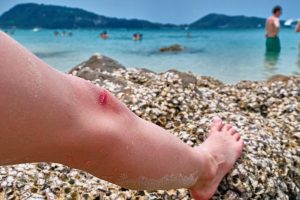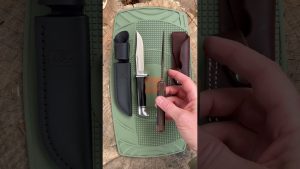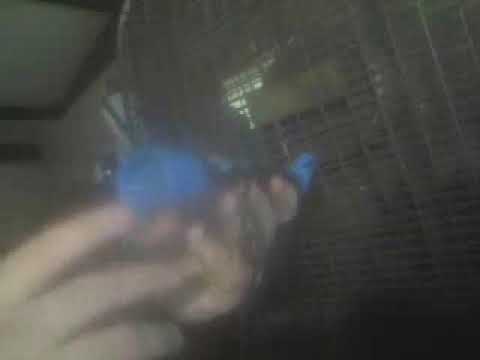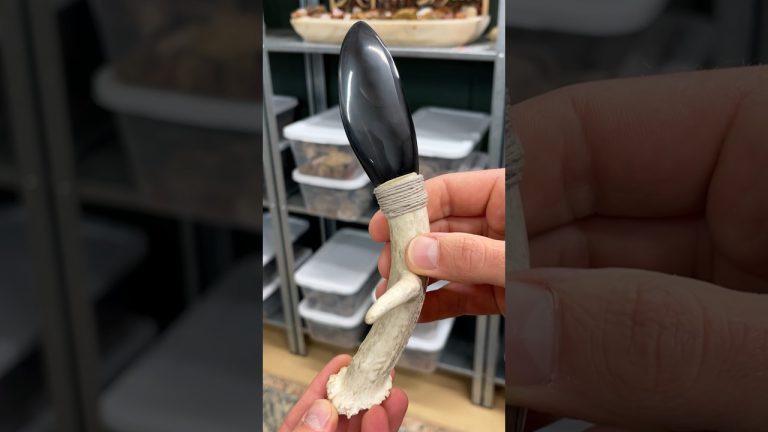A national health alert has been issued for medical providers to be aware of infections caused by the flesh-eating bacteria Vibrio vulnificus. Several deaths in the U.S. this year have been linked to “necrotizing fasciitis,” a disease caused by the organism. Necrotizing fasciitis severely damages soft tissues from skin down to connective tissue known as “fascia.”
Recently, two people in Connecticut were infected after swimming in Vibrio-contaminated marine waters, while another was infected after eating raw oysters. As of late August, health officials in Florida have reported a total of 28 cases this year. It’s thought that 150-200 cases are identified in the U.S. annually.
WHAT IS VIBRIO VULNIFICUS?
Vibrio is a well-known family of bacteria which includes the pathogen that causes cholera. V. vulnificus, however, is a different bug altogether. It normally occurs in warm salt or brackish water near the Gulf of Mexico, but can be found in higher concentrations up north from May to October when the weather is warm. If you spend time in the ocean or eat seafood, you should know how to recognize it and how it spreads.
There are two known routes for infections in humans. The bacteria can enter the body through open wounds when a person swims or wades in warm marine waters. It can also be ingested as a contaminant in raw shellfish.
SIGNS AND SYMPTOMS OF NECROTIZING FASCIITIS
If bad oysters are the culprit, common symptoms appear somewhat similar to cholera: You’ll see watery diarrhea, stomach cramps, vomiting, fever, and chills. If an open wound is the mode of entry for the bacteria, you’ll see the typical early symptoms of an infected wound: It’ll present as a red, swollen, painful area that’s warm to the touch. Expect signs to appear quickly, usually within the first 12-24 hours of infection.
As necrotizing fasciitis develops, you’ll see:
- Fever and chills.
- Ulcers, blisters, or black spots on the skin.
- Pus or other drainage.
- Diarrhea and/or nausea and vomiting
- Altered mental status.
The Connecticut cases occurred in two adults between the ages of 60 and 80 years old. Both died after being infected in July. Although older folks are most likely to die from the infection, anyone exposed to contaminated water can get sick.
So, why is infection with V. vulnificus “flesh-eating”? Because the disease process of necrotizing fasciitis degrades the soft tissue around the infected wound. This includes the skin, fat, blood vessels, nerves, and muscles. It also travels through the blood (septicemia) to sites distant from the wound, damaging extremities to the point that amputation may be required. in some cases, more than one limb is lost. Death from the disease occurs in one of five victims despite treatment; in some cases, patients expire within a few days of becoming ill.
(Note: In the TV series “Walking Dead,” a character underwent an amputation of a lower limb bitten by a zombie in order to prevent the pathogen from spreading. With necrotizing fasciitis, the strategy doesn’t seem to be much different.)
In my wound care classes, I often mention the case of a young girl named Amy. She fell from a zipline in Georgia about a decade ago, sustaining a laceration on her thigh that was closed by 22 staples in the local emergency room. Unfortunately, closing the wound only sequestered flesh-eating bacteria in her soft tissues, which traveled to different parts of her body. She ended up with both hands amputated, as well as parts of both legs.
Strangely enough, people who take stomach-acid reducing drugs like Prilosec, Pepcid, and others may be at increased risk for infection because stomach acid helps kill harmful germs.
OTHER ORGANISMS THAT CAUSE NECROTIZING FASCIITIS
Other bacteria are known to cause necrotizing fasciitis. They include:
- Group A streptococcus
- Aeromonas hydrophila
- Clostridium
- coli
- Klebsiella
- Staphylococcus aureus
TREATMENT
Luckily, there’s no evidence that vibrio’s necrotizing fasciitis is transmissible from person to person. It’s not contagious and can be treated without major risk to the caregiver.
People with less severe stomach infections usually recover on their own after a few days. Standard treatment for diarrhea is the usual treatment: keep the patient as well hydrated as possible.
For wound cases, a doctor prescribes antibiotics such as doxycycline or ciprofloxacin early in the disease process. In the worst cases, tissues degrade, requiring surgical removal of non-viable tissue (debridement), including amputation. Access to intensive care gives the best chance of survival.
PREVENTION
Given the severe nature of necrotizing fasciitis, it’s important to know how to prevent a vibrio infection:
- Those with open wounds such as scrapes, cuts, recent tattoos or piercing should avoid swimming or wading in warm marine waters.
- If exposure to marine waters is unavoidable, cover any open wounds with a waterproof bandage.
- Wear shoes if wading to avoid cuts from rocks or shells on the bottom,
- Avoiding direct contact with floating algae like sargassum, especially in South Florida, where V. Vulnificus has been identified.
- Don’t consume raw shellfish taken from warm coastal waters during the summer months. Cook them instead. Boil shucked oysters at least three minutes, or fry them in oil at least 10 minutes at 375°F,
- Wear gloves when handling raw shellfish; wash with soap and water when done.
One interesting fact is that there’s apparently a connection between hurricanes and vibrio infections. Cases spike during and after flooding events from hurricanes, especially in the region of the Gulf of Mexico. In 2022, there were 38 cases (and 11 deaths) attributed to Hurricane Ian despite warnings to avoid contact with floodwaters, particularly for those with open wounds. Spikes in cases also occurred after Hurricane Katrina in 2005 and Hurricane Irma in 2017, according to the CDC.
Fortunately, necrotizing fasciitis caused by Vibrio vulnificus is very rare, but the family medic should recognize when their family’s at risk and take preventive measures as needed.
Joe Alton MD
Hey, don’t forget to check out our entire line of quality medical kits (including suture kits) at store.doomandbloom.net. Also, our Book Excellence Award-winning 700-page SURVIVAL MEDICINE HANDBOOK: THE ESSENTIAL GUIDE FOR WHEN HELP IS NOT ON THE WAY is now available in black and white on Amazon and in color and color spiral-bound versions at store.doomandbloom.net.













 Joe Alton MD aka Dr.Bones
Joe Alton MD aka Dr.Bones












